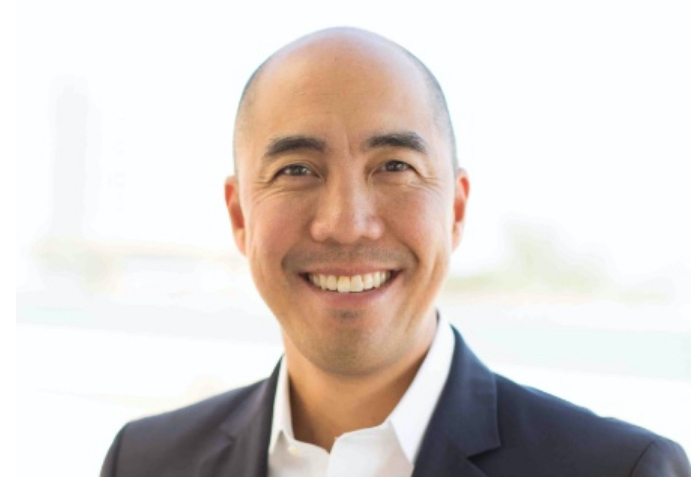Credit Suisse: Conflicts of Generations Sets Tone for 2017
| By Fórmate a Fondo | 0 Comentarios

In its recently published annual Investment Outlook, Credit Suisse’s investment experts suggest that financial markets are likely to remain challenging in 2017. The central economic forecast is for global GDP growth to accelerate slightly next year from 3.1% to 3.4%, albeit with pronounced regional differences. In combination with a slight rise in inflation and some monetary tightening, most asset classes are expected to generate low returns in 2017.
Fundamental economic and social tensions – summarized using the term ‘Conflicts of Generations’ – provide an uncertain backdrop for investors. Michael Strobaek, Global Chief Investment Officer at Credit Suisse, predicts: “The investment environment remains difficult and political events are again likely to trigger some turbulence in 2017. However, market corrections are likely to offer selected opportunities that investors should seize”.
Global economic forecast
Global growth should improve somewhat in 2017, albeit with significant differences between countries and regions. On the whole, investors can expect a slight recovery in corporate investment coupled with still robust consumer demand, but overall growth is likely to remain well below pre-crisis levels. US fiscal easing would support the cyclical upswing, while uncertainty over global trade could act as a restraint.
Inflation is likely to pick up but should remain well below central bank targets in many developed economies except for the USA. While the US Federal Reserve will likely continue its gradual normalization of interest rates, other central banks will probably maintain a more accommodative stance, while shifting away from mechanical balance sheet expansion.
Oliver Adler, Head of Economic Research at Credit Suisse says: “Political uncertainty and risks look set to remain in the spotlight, as Brexit negotiations are initiated, elections are on the agenda in core European countries and the foreign, security and trade policies of the new US Administration take shape”.
Credit Suisse’s investment experts see European risk assets (credits and equities) as particularly exposed to an increase in political risks.
Global market outlook
Rising yields and steepening yield curves are beneficial for financial sector profitability. European political events are a source of potential volatility for European institutions, but US financials (including junior subordinated debt) are still favored as a source of return. The Trump administration is likely to favor less rather than more regulation in the financial sector. Emerging market (EM) hard currency bonds are attractive due to their yield and diversification potential. After the strong rally in EM bonds in 2016, country and sector selection will, however, be a key determinant of returns in the year ahead.
Among equities, investors should favor the healthcare and technology sectors in view of their sound fundamentals. Healthcare offers some of the strongest earnings trends. Technology, meanwhile, is still growing strongly in areas such as cybersecurity, robotics and virtual reality. Both sectors also have the most to gain from a likely US repatriation tax break.
Credit Suisse’s investment experts also favor selected infrastructure-oriented stocks, notably construction and construction-exposed industrials. In combination, the increased political will for fiscal expansion and a growing need to renew infrastructure will provide significant stimulus in several large economies in the coming years, including in the USA. The US dollar is expected to gain ground in view of rising US interest rates, fiscal expansion and a potential repatriation of deferred US corporate taxes. While the euro may suffer from a focus on political risks in 2017, the Japanese yen should recover from undervalued levels.
Nannette Hechler Fayd’herbe, Global Head of Investment Strategy at Credit Suisse, says: “The biggest challenge investors face in 2017 is to find yield at reasonable risk. We consider emerging market bonds to be the most attractive but selectivity as regards issuer risk remains key.”
Switzerland
For Switzerland, Credit Suisse’s investment experts expect continued moderate growth with an ongoing recovery in exports and subdued domestic demand. While inflation should remain below target, deflation risks have subsided.
The Swiss franc is, however, likely to weaken versus a generally stronger US dollar. Credit Suisse currency experts believe that any depreciation of the Swiss franc against the euro is likely to very limited, given that interest rates will remain low in the Eurozone and also due to lingering political risks in Europe.
Anja Hochberg, Chief Investment Officer Switzerland at Credit Suisse, says: “We recommend to add broadly diversified emerging market bonds to the portfolio and favor Swiss equities over Swiss bonds, with a preference for pharma and IT shares. For investors that can bear some illiquidity, private equity continues to be an interesting asset class.”
Europe & EMEA
Uncertainties over Brexit, political risks and intermittent worries over the health of European banks are likely to create bouts of volatility in European risk assets, making risk-adjusted returns on equities less attractive.
However, Credit Suisse’s economists believe that Brexit is unlikely to trigger exits by other EU members. Hence, peripheral sovereign and bank bonds should hold up well. Risks in Italy and Portugal need to be closely monitored, however.
The Eurozone should see modest growth. However, the divergence between a slightly tighter Fed and a still very accommodative European Central Bank mean the euro is unlikely to make gains against the US dollar. The British pound should stabilize after its drop below fair value in 2016.
Michael O’Sullivan, Chief Investment Officer International Wealth Management at Credit Suisse, explains: “What is certain even at this stage is that Brexit will visit economic and political uncertainty not just upon the UK itself but also upon its European neighbors.”
Asia Pacific
Asia can look forward to stable growth in 2017, underpinned by a structural transition from manufactured exports to services-based consumption.
China remains on course for a soft landing, as the government successfully manages a bifurcated economy in which the industrial trade sector continues to decelerate while domestic services expand steadily. In this context, the real estate sector must be prevented from overheating in tier 1 cities.
A supportive combination of firming economic growth, reasonable valuations and improving profitability suggests that emerging Asian equities should perform well in 2017, possibly outperforming their global emerging markets counterparts.
John Woods, Chief Investment Officer Asia Pacific at Credit Suisse, notes: “Our more favorable view on Asia reflects our improving view on China, where we believe the domestic economy – particularly the services sector – should surprise to the upside.”
















